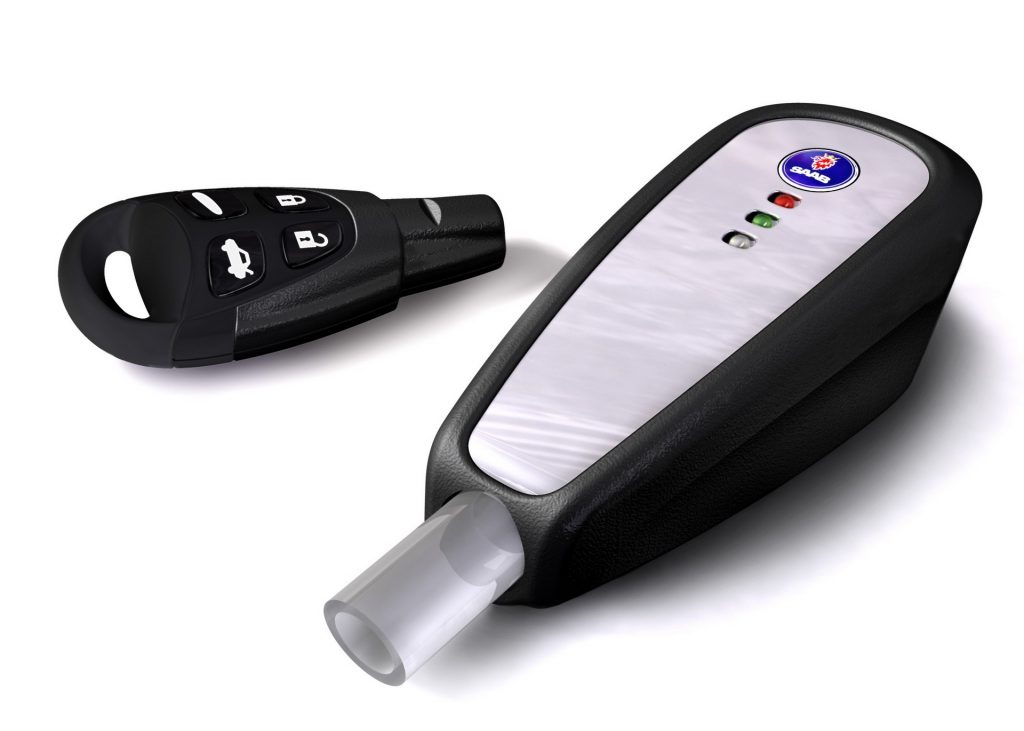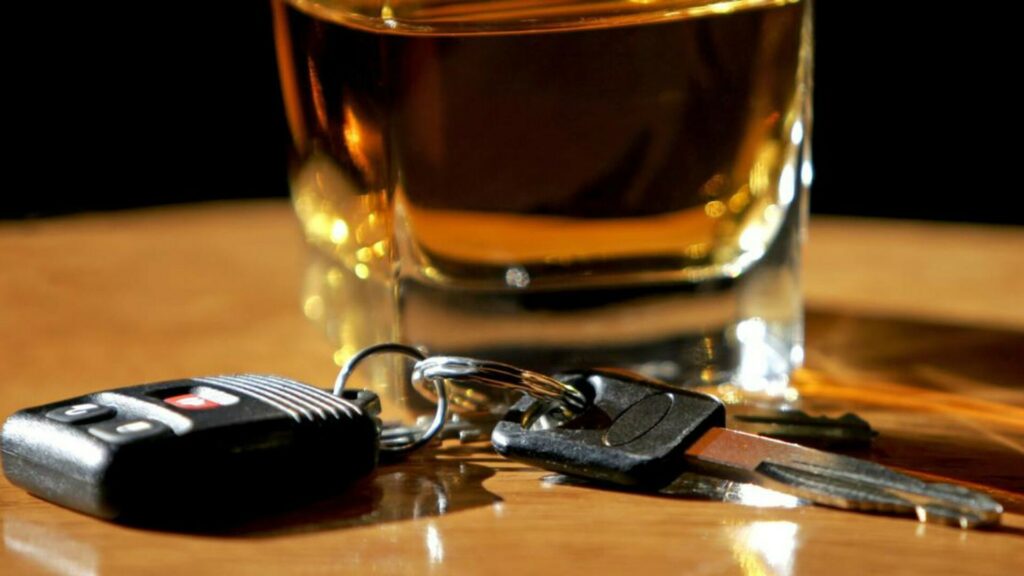When Congress passed the Inflation Reduction Act (IRA) last year, it included a provision for the NHTSA to determine the most effective methods to prevent intoxicated individuals from operating vehicles. On Tuesday, the federal safety agency took the first step to fulfill this mandate by submitting an advance notice of proposed rule making aimed at gathering information about the current state of technology for detecting impaired driving.
While advanced impaired driving prevention technology appears to be a step forward, many questions remain unanswered. It’s worth noting that despite today’s news, the final rules, regulations, and requirements could still take years to materialize.
What’s clear though is that the NHTSA seems serious about adding anti-drunk driving tech to all new cars in the relatively near future. According to a statement from the administration, almost 13,400 people died in drunk driving crashes in 2021, and that cost society some $280 billion when medical expenses, lost wages, and quality of life are calculated.
Read: Here Are The Facts About The “Kill Switch” Mandate For Cars That’s Already Passed

The need for better methods to reduce drunk driving incidents is clear and important. As such, the NHTSA wants automakers to add tech to all new cars that can monitor drivers for impairment. It’s currently investigating that technology including features that test a driver’s breath or use light technology to get a real-time blood-alcohol content level.
While the general motivation for this shift appears to be good-natured there are still potential problems with it. For instance, how reliable will these devices actually be? In April we told you about how a number of tech options are on the table but at the time none seemed ready for real-world use. As we noted then, any system that fails to work properly could pose a major problem.
Totally sober individuals could be left stranded if a sensor malfunctions and believes the driver to be intoxicated. On the other hand, it could be even worse if one simply fails to detect impairment and allows a drunk driver to pilot their vehicle freely.
On top of that, drunk drivers have at times found workarounds that allow them to drive despite having an interlock device on their vehicle. The NHTSA recognizes that it has a lot of questions to answer. As it conducts its research we’ll no doubt hear more about its plans.





